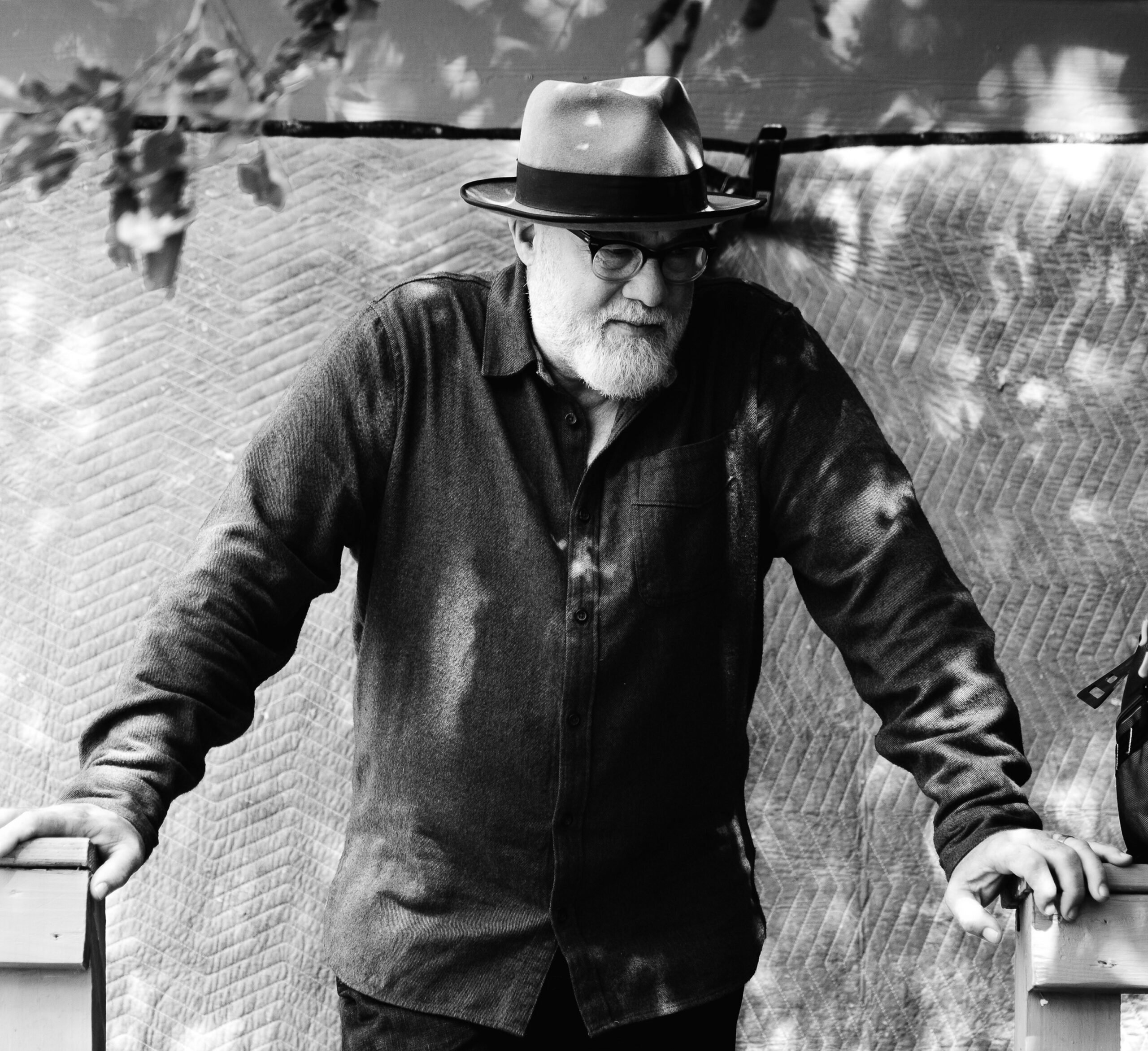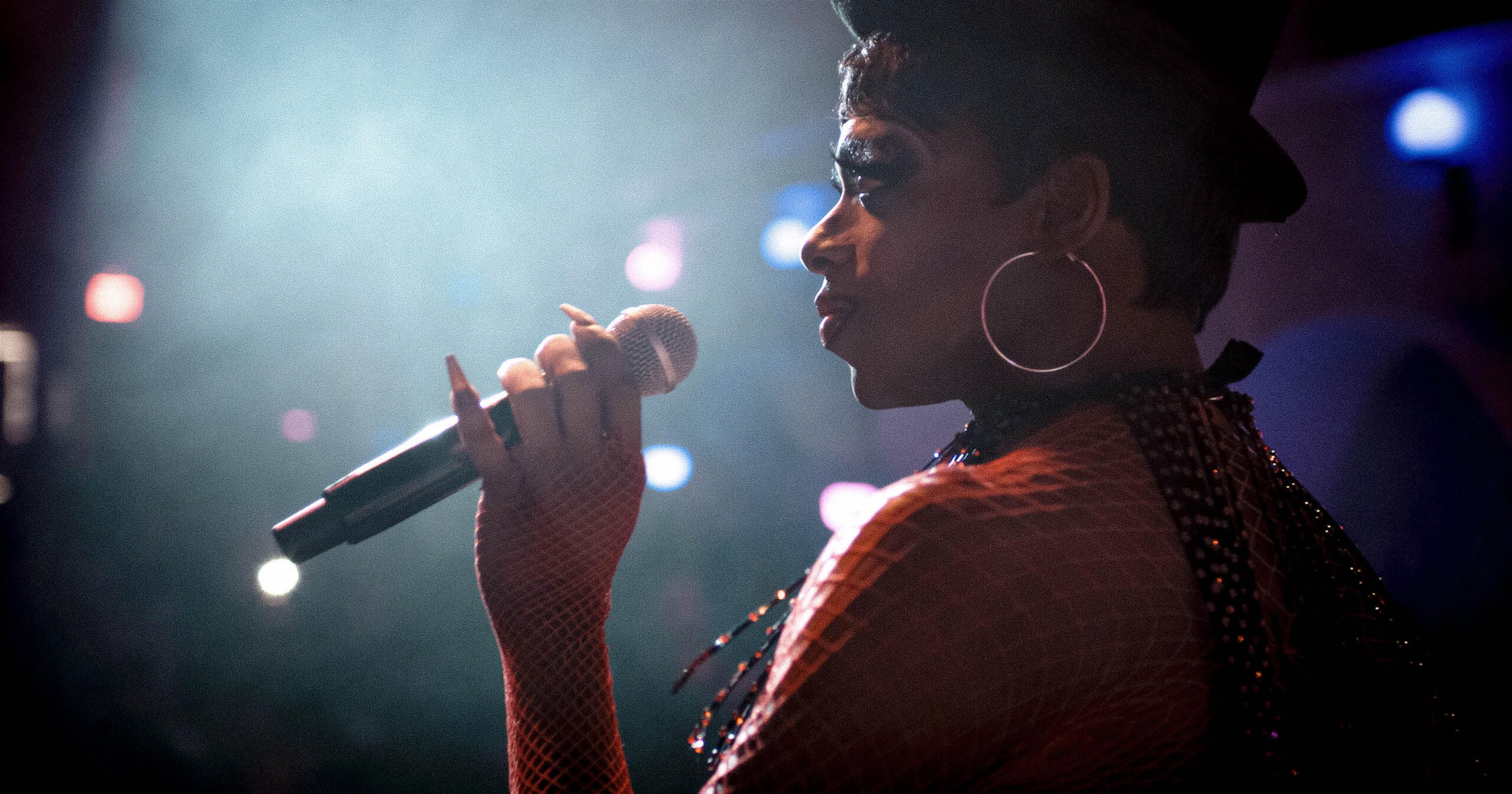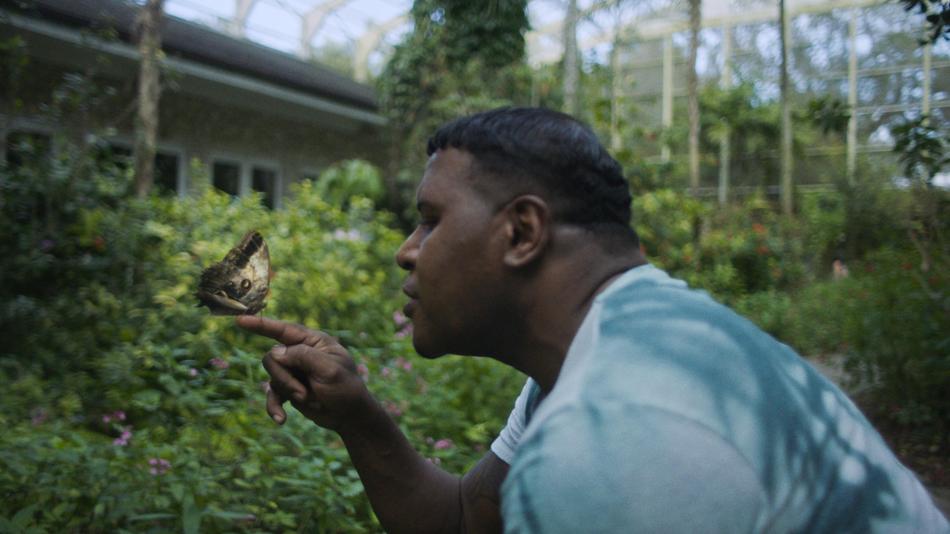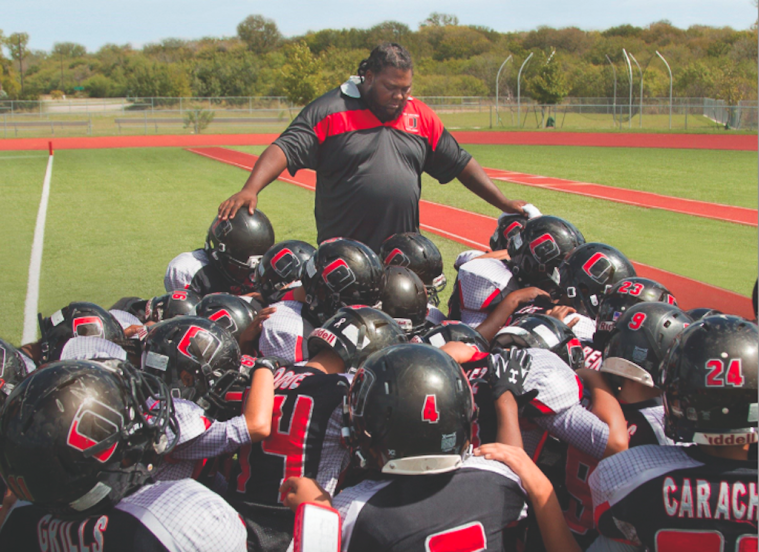
Where Have All the Kids’ Sports Movies Gone?
A version of this story ran in the April 2015 issue.
Growing up in the South, hockey was not a major sport of my childhood. I never learned to skate without a rail nearby, and I never understood the penalties. But if I ever needed inspiration, whether to compete in nerdier endeavors such as Battle of the Books or simply to get into the “can-do” spirit, I always channeled my favorite scene from one of my favorite movies: Charlie Conway’s winning shot in 1992’s The Mighty Ducks.
Charlie isn’t the most talented kid on the ragtag team, but he’s got “heart.” When the big game is on the line, Charlie has the chance to win with a penalty shot. The cynical lawyer-turned-coach, Gordon Bombay, having realized that winning isn’t everything after all, says he believes in Charlie, no matter what happens. And then, suddenly, victory is theirs. If that doesn’t warm your heart, it’s harder than a hockey puck.
The golden age of kiddie sports movies pretty much ended in 1995. Maybe it began to seem far-fetched to imagine kids playing sports without a bunch of helicopter parents stealing the show.
If it weren’t for the outdated technology, clothes and slang, The Mighty Ducks would be a perfect movie for my 10-year-old stepson. Like plenty of Texas kids, his world revolves around sports: the real sports he actually plays (attested to by the piles of equipment accumulating on our porch), the games he watches on television, the video games he plays on the iPad, and the portraits of athletes he draws at night. My husband and I spent the fall watching his flag football matches, winter weekends trekking to his basketball games, and soon we’ll be back outside watching his baseball games from the bleachers.
We talk with him about being a “good teammate”—not just on teams, but also with friends. We cast teachers as “coaches” who deserve admiration for their skills, and we explain homework as “an away game.” My husband even tries to spice up the study of fractions and decimals with lessons on baseball statistics.
My stepson and his friends would seem to be the perfect audience for sports movies. In sports, kids are their own heroes, learning bravery in the face of intimidation and self-respect in disappointment. And given the lessons that such narratives can impart about teamwork, hard work and doing your best—never mind sport’s intersection with the national obsession for health and wellness—it might seem that there should be plenty of sports movies to watch with kids.
But in fact there’s very little these days in the way of sports movies for the 10-and-under set. At best we get movies about the pros—movies in which athletes, by virtue of talent, win fame and money. When we want to watch something sports-focused as a family, odds are we wind up settling for 15 minutes of ESPN’s SportsCenter and crossing our fingers that there’s no mention of domestic abuse or sexual assault.
Last year we saw 42, the 2013 Jackie Robinson biopic. We’d waited almost a year after the film came out in theaters so that we could view it at home, pause button at the ready, but even so, watching a Jim Crow-era period piece with a 9-year-old is a complex affair. He enjoyed it, but at the one-hour mark he was already fidgeting. The movie is rated PG-13 and contains a number of racial slurs and epithets, in addition to disturbing portrayals of segregated America that sometimes made him so uncomfortable he had to leave the room. The film was well done, to be sure, and is filled with teachable moments, but it’s hardly what I’d call a kids’ movie.
But 42’s mature themes are certainly preferable to the alternatives. One day last year, with school canceled for weather, I agreed to watch Cloud 9, a saccharine made-for-TV confection from the Disney Channel about a rich girl who discovers she never really earned her place on the snowboarding team, and then, as predictably as possible, learns the meaning of hard work and fair play. It might be a measure of his desperation for any depiction of kids playing sports that my stepson chose a movie about “a rich girly-girl” who plays a sport in which he doesn’t even participate. As I suffered through one of the worst viewings I can remember, I realized that when it comes to sports movies for kids, we were scraping the bottom of an empty barrel.
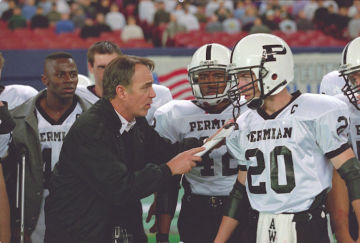
There are, on the other hand, plenty of sports dramas for adults. Thanks to the Esquire Network, my husband and I can watch Friday Night Tykes, which is among the more disturbing shows on television. The series features teams from the Texas Youth Football Association, which has fewer regulations about weight and age than other pee wee football leagues.
The first season, which premiered in 2014, included nauseating scenes in which kids are forced to run until they nearly vomit and children cry as coaches scream profanity-laced rants. The current season contains slightly fewer scenes of coaches encouraging children to hurt each other, but concussions, win-first values and flat-out-crazy coaches still abound. Not surprisingly, the cameras focus mostly on the coaches and parents—their dreams for the kids, their tempers and their eagerness to be No. 1. We watch it occasionally, guiltily, wondering if we’ll see someone we recognize. The show also delivers the self-congratulatory satisfaction of knowing that, compared to the people on screen, we’re model parents.
There’s clearly an audience for this kind of thing. The show has done so well that Esquire now offers The Short Game, in which little golf prodigies strive while parents and coaches behave badly.
The classic of this genre, of course, is Dance Moms, now in its fifth season on Lifetime, which documents an ostensibly prestigious dance school where moms vie to ensure solos for their daughters through a bizarre blend of backstabbing and coddling, all under the watchful eye of dictator—erm, dance instructor—Abby Lee Miller. The show has spawned a variety of spinoffs, including Dance Moms: Miami and Abby’s Ultimate Dance Competition.
Even as kids’ sports are becoming more and more competitive at earlier and earlier ages, movie studios have stopped making films that showcase youth sports, films in which underdog misfits overcome the odds without parents hovering in the background to gain not fame or money but a sense of accomplishment and self-respect. Parents can watch Friday Night Tykes and learn what not to do, but there’s not much media that models youth sports as an avenue for having fun and putting in the work to improve. Without such models, kids are increasingly reliant on pro and college sports for their sense of what sport represents: contract disputes and marketing deals that position athletes as brands.
Where the hell is The Mighty Ducks when you need it?
The early ’90s was the golden age of kids’ sports movies. I was raised on Rookie of the Year, The Sandlot and, yes, The Mighty Ducks. I wasn’t much of an athlete—just a few mediocre seasons of rec-league softball and basketball—but I loved and respected youth sports as an arena for grit and earnest effort. It was hard not to, since every year several movies came out to reinforce that message. From 1992 to 1995, there were at least a baker’s dozen wide-release, kid-friendly films about sports: The Mighty Ducks (1992), The Cutting Edge (1992), Rookie of the Year (1993), The Sandlot (1993), Rudy (1993), Cool Runnings (1993), Little Big League (1994), Major League II (1994), Little Giants (1994), the Mighty Ducks sequel D2 (1994), The Air Up There (1994), Angels in the Outfield (1994) and The Big Green (1995) .
The youth sports film canon is made up of movies about love of the game, movies in which the stakes attached to winning and losing are typically low. (I would warn readers here about spoilers to come, but the outcomes of these movies are obvious from the opening credits.) The little sluggers of The Sandlot are playing for neighborhood bragging rights—no more, no less. They don’t even have a coach. What coaches do exist in this genre usually help turn a group of misfits into a competitive team, but not before both kids and coaches have learned valuable lessons about the importance of just having fun and giving it their best. The Big Green and Little Giants, about soccer and football respectively, follow similar themes.
Unlike just about anything else, you can’t play sports ironically. You can’t be an ironic fan. Love of sports, as a player or a spectator, is earnestness incarnate.
These movies weren’t just childhood favorites; they were cultural touchstones. Throughout college, friends made frequent reference to the famous plays we learned from these films: “The Flying V” of The Mighty Ducks and “The Annexation of Puerto Rico” from Little Giants. Whenever I find my heart pulled into a game—whether it’s watching 10-year-olds nervously approach the plate with the game on the line or the Kansas City Royals come this close to a World Series title—I remember the feelings I got watching Little Big League and Rookie of the Year.
Other movies may be more artful or subtle, but nothing beats an early-’90s kids’ sports movie for sheer emotional stakes. Unlike just about anything else, you can’t play sports ironically. You can’t be an ironic fan. Love of sports, as a player or a spectator, is earnestness incarnate. Those movies had flaws, to be sure—they were formulaic; the main characters were nearly always white boys—but all the same I recently found myself paraphrasing Rick Moranis’ Little Giants speech to a backseat full of 10-year-old boys: “Even if they beat you 99 times out of 100, that still leaves one time.”
The idyllic if imperfect picture these movies painted stands in increasingly stark contrast to the changing realities of youth sports culture. By 1994, Hoop Dreams—a documentary about two high school basketball players in Chicago with shots at college careers and the NBA—was presenting a decidedly less happy look at the world of kids in sports. Hoop Dreams was a movie for adults, not children, and instead of inspiration, it revealed the high price of sports culture, and what happens when dreams fall flat, no matter how much a kid might love the game or invest the hard work.
The pressure cooker that drove the drama of Hoop Dreams has only continued to grow. According to Demetrius Pearson, a professor of health and human performance at the University of Houston who has written about sports culture and sports movies, kids are getting into organized sports at ever younger ages. “The expectations we have for these kids can never be lived up to, because they’re so young,” he said. College team recruitment letters now begin arriving as early as sixth grade. Seven and 8-year-olds try out for elite “select leagues” open only to the best players, with parents willing and able to pay high registration fees, ferry kids to constant practices and travel far and wide for games.
The sports movies of the early 1990s can offer an important counterweight to the increasing professionalization of youth sports.
The sports movies of the early 1990s can offer an important counterweight to the increasing professionalization of youth sports. “Kids need to be exposed to some of these kinds of movies as they’re growing up,” Pearson says. “That way they don’t see it as win or else, California or bust.”
The golden age of kiddie sports movies pretty much ended in 1995.
Maybe it began to seem far-fetched to imagine kids playing sports without a bunch of helicopter parents stealing the show. Maybe the idea of watching people play sports for any stakes lower than a state championship just stopped hitting studio execs with enough force.
In their place, a series of far darker, more nuanced and significantly more adult movies began to set a new tone for how sports is portrayed in film. Jerry Maguire came out in 1996, offering viewers a glimpse of sports through the lens of agents, sponsorship contracts and signing bonuses. He Got Game (1998) showed a convict let out of prison by a governor to convince his basketball-whiz son to go to the state university. Then, in 1999, there were Varsity Blues and Any Given Sunday, sexed-up films about high school and pro football, respectively. More and more sports movies arrived with PG-13 or R ratings, and the dark side of sports increasingly became the only side that audiences were shown.
These days, Mighty Ducks coach Gordon Bombay wouldn’t hesitate to cut his crew of adorable losers in favor of kids who’d already attended expensive hockey clinics over spring break.
The few contemporary kid-friendly sports movies that do see wide release are rarely about kids. Last year’s Million Dollar Arm was Disney’s first sports film since 2006. The movie, marketed to families, was about a major league scout looking to recruit Indian cricket players for baseball. In a similar vein, 2002’s The Rookie featured an aging Dennis Quaid taking his last stab at the majors, and 2006’s Invincible showcased an older Mark Wahlberg getting a chance to play for the Philadelphia Eagles. These are mostly movies about old men looking to reclaim lost glory. That’s no message for young kids.
I went to see Disney’s latest with low hopes. McFarland, USA is the first wide-release Disney movie in 15 years to feature high school athletes. It’s the story of the 1987 McFarland High cross-country team—a team composed of Latino kids who work as field hands before and after school. They become contenders for the California state title. The movie is based on a true story, and there are plenty of critiques to be leveled at the film’s oversimplifications and flirtation with “white coach savior” narrative. (Notably, it’s also among the first mainstream movies I’ve seen in which a white character uses the word “privilege” to describe his own life.)
It’s also the first movie in a long time in which kids strive not for fame and glory, but for the pride that comes from attempting something difficult. The end of the movie includes epilogues about each kid’s life after high school. Not one of them is now a rich pro athlete. Their efforts paid off in less dramatic but no less important ways.
We’re going to see it as a family as soon as we have a night free from practice.
